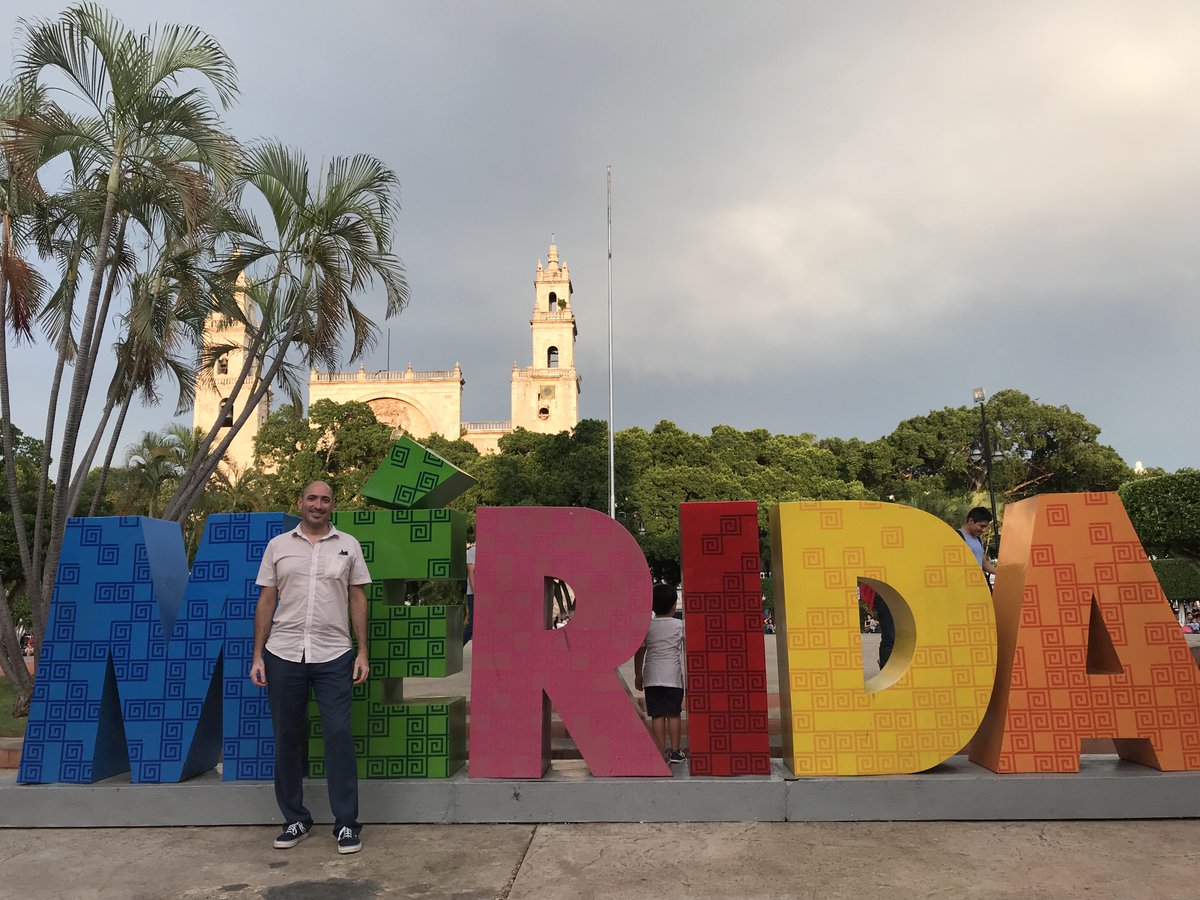
To celebrate National Hispanic Heritage Month, I will highlight the work I do throughout Latin America.
Both sides of my family are from Mexico and I have a special affinity for the Yucatan Peninsula!
Both sides of my family are from Mexico and I have a special affinity for the Yucatan Peninsula!

My first expedition was to Ecuador to field test our new multi-parallel real-time quantitative PCR. qPCR is more sensitive/specific than microscopy and also to test for cure and reinfection. Action shots of me in the jungle and Pacific coast. @AJTMH
ajtmh.org/docserver/full…



ajtmh.org/docserver/full…




Next is Argentina, this study used WGS to determine the decrease of vitamin B12 genes in children with Giardia, a potential pathway for growth delays in children. Pics of me in Northern Argentina. @bugbittentweets @a5hi5h @RebeccaJeun @a5hi5h
parasitesandvectors.biomedcentral.com/articles/10.11…


parasitesandvectors.biomedcentral.com/articles/10.11…



Heading north, the next study was in rural Honduras. We associated Blastocystis infections with helminths. Also increasing Blastocystis burden with age and exposure. Pics of me and 2 amazing scientists I know @AnaSanchezPhD @mebottazzi ! @AJTMH @Naceanc
ajtmh.org/content/journa…



ajtmh.org/content/journa…




The next stop is Guatemala, using our recombinant Strongyloides antigen ELISA, we detected over 11% strongyloidiasis prevalence. Work is pending publication. Pics of me and the beautiful Guatemalan landscape. 





The next Latin American country is Colombia. We investigated the similarities between children living in urban slums versus poor rural areas. Children infected with intestinal parasites although different environmental exposures. Preprint available for review. @patriciaebryan 







The next country is El Salvador, where we started an intestinal parasite impact on Chagas disease study. This collaboration with the University of South Carolina will look at immune polarization with parasite co-infections. Abstract to follow at ASTMH 2020 conference.
And to wrap up Hispanic Heritage Month, I return to Mexico, the country of my ancestors. I am working with @uady_mx processing environmental samples for parasites and how they impact people living in poverty. 







We are also starting research in Brazil. Overall the Laboratory of Human Parasasitology is heavily invested in Central/South America. We have translational research in 8 countries and continue to understand parasites, poverty, and disease.
@threadreaderapp unroll
• • •
Missing some Tweet in this thread? You can try to
force a refresh







